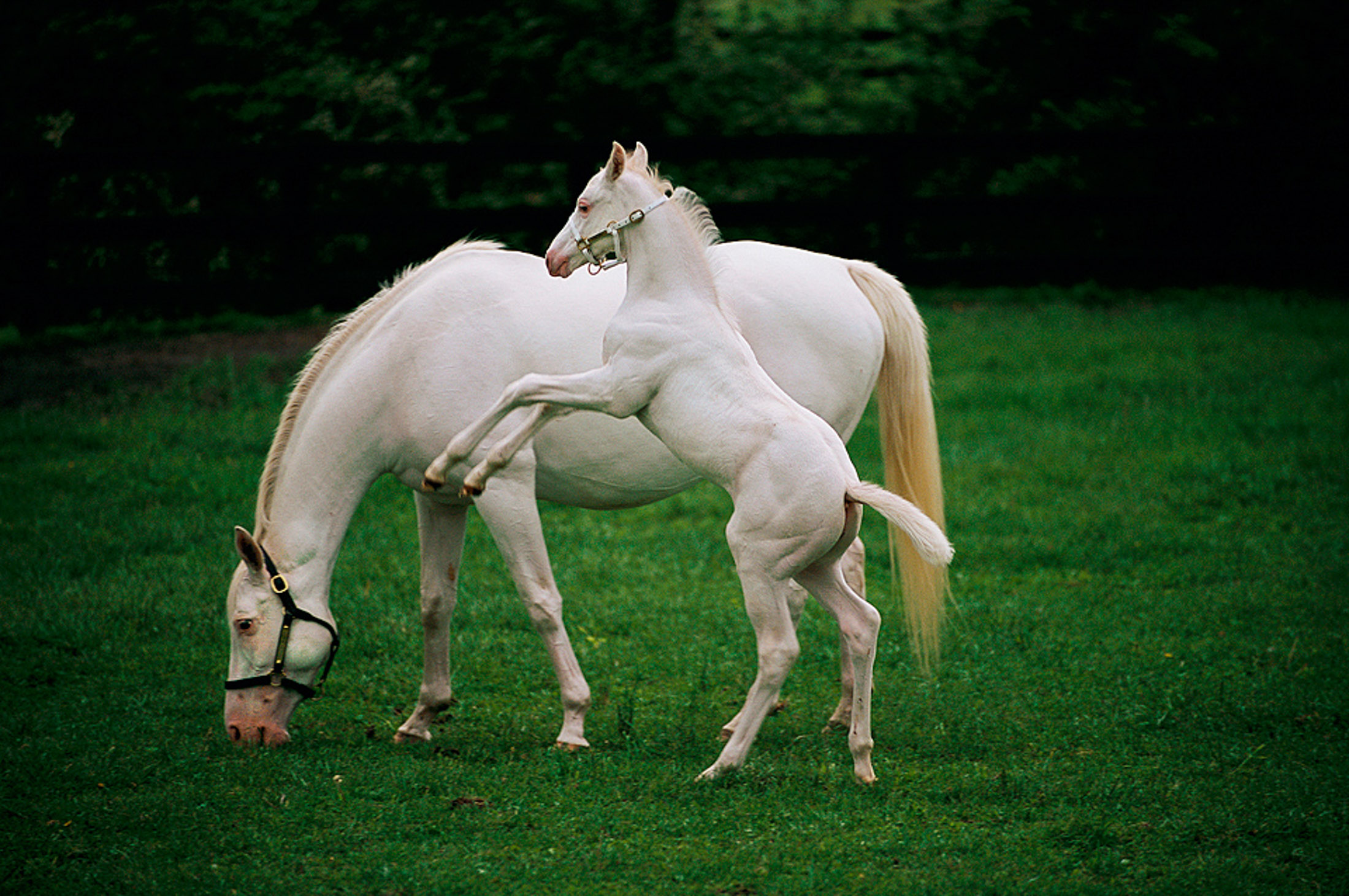Well Spring has definitely sprung! The show and event season is in full swing and the grass is growing like Topsy.
The vets are reporting a sharp increase in laminitis cases, so act NOW to prevent your horse being another statistic!
Any horse or pony is at risk, overweight or not, even if they have never had it before. In fact, watch out for older horses as the development of Cushing’s disease can cause an acute attack in a horse or pony that has never previously suffered from it.
Horses and ponies do not need to get laminitis every year if preventative action is taken.
Here are my tips for avoiding nutritionally induced Laminitis:
Be vigilant at all times but particularly as soon as the temperature reaches 7-10°C in late winter/early spring especially if it is sunny with some rain – warmth, increasing day length, sun and moisture are all trigger factors for rapid grass growth.
Overeating/Obesity are the most common high risk situations which lead to laminitis. The secret to avoiding laminitis in this situation is not to turn the horse out whilst he is fatter than condition score 3 (on a scale of 0-5)*. This means he should not have a fat depot along his crest or at the tail head, around the sheath or udder or over the loins. You should be able to feel his ribs easily by running your hand along his side yet you should not be able to see his ribs
A horse or pony in light work that is a good-doer will only need to eat 1.5% of its body weight per day in total and will probably not need any hard feed just grass and hay. It is however, very difficult to estimate accurately actual intake.
Remember a pony can eat 5% of its body weight if turned out 24/7 so most will need restricted grazing in the growing season unless they are in medium to high work. Be careful not to over-estimate work load.
Make sure your horse is fit enough to do the work you require and don’t feed an unfit horse extra feed to make up for a lack of fitness as you will only make the situation worse.
Restrict grazing if necessary to maintain a constant body condition score of no more than 3 and use a weigh tape as well to monitor weight gain/loss. Restriction of grazing can be done either by reducing field size with portable electric fencing and/or using a grazing muzzle for part of the day.
Consider zero grazing for those at most risk of laminitis at medium to high risk times in the season and feed on soaked hay (<10% sugar and starch) and low calorie hay replacers given in several, small amounts if possible. It is a good idea to get hay analysed for sugar and starch if your horse or pony has ever had laminitis as you can’t tell by looking at it – meadow hay is often high in sugars.
Always feed the recommended amount of a low calorie, low starch feed balancer or vitamin or mineral supplement with a handful of low calorie chaff as this will make sure that the horse or pony is not deficient in any vitamins and minerals which are essential for correct metabolic functions, despite being restricted in calories.
